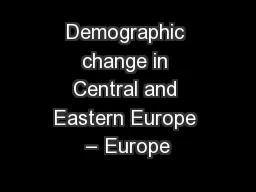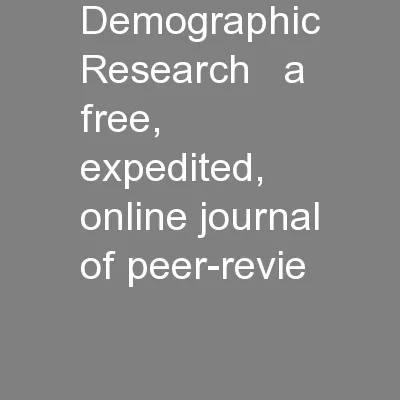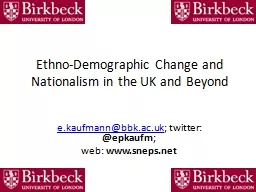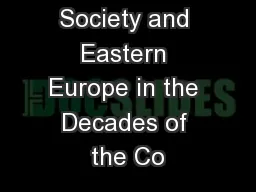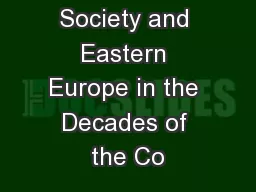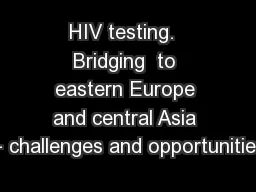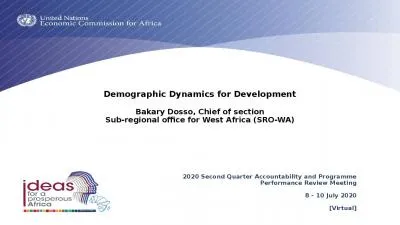PPT-Demographic change in Central and Eastern Europe – Europe
Author : stefany-barnette | Published Date : 2015-11-06
Conference Demographic Change in Central and Eastern Europe JPI More Years Better Lives Vienna 24 March 2015 Tom áš Sobotka Vienna Institute of Demography Austrian
Presentation Embed Code
Download Presentation
Download Presentation The PPT/PDF document "Demographic change in Central and Easter..." is the property of its rightful owner. Permission is granted to download and print the materials on this website for personal, non-commercial use only, and to display it on your personal computer provided you do not modify the materials and that you retain all copyright notices contained in the materials. By downloading content from our website, you accept the terms of this agreement.
Demographic change in Central and Eastern Europe – Europe: Transcript
Download Rules Of Document
"Demographic change in Central and Eastern Europe – Europe"The content belongs to its owner. You may download and print it for personal use, without modification, and keep all copyright notices. By downloading, you agree to these terms.
Related Documents

